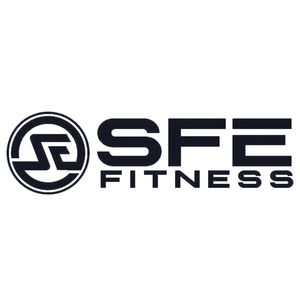Embarking on the journey of starting a small gym is an exciting venture, but it often requires substantial initial investment. Securing the necessary financing is a crucial step in turning your fitness business dream into a reality. Here's a comprehensive guide on how to find financing options to start your small gym:
-
Create a Detailed Business Plan:
- Before seeking financing, craft a detailed business plan outlining your gym's concept, target market, services offered, financial projections, marketing strategies, and how you plan to achieve profitability. A solid business plan will provide potential lenders with a clear understanding of your vision.
-
Personal Savings and Bootstrapping:
- Utilize your personal savings or assets as an initial source of funding. Investing your own money demonstrates commitment and can attract other investors or lenders.
-
Bank Loans and Credit Lines:
- Traditional bank loans or lines of credit are common sources of funding for small businesses. Prepare a comprehensive loan application with your business plan, financial projections, and collateral if required. Small Business Administration (SBA) loans can also be a viable option, offering favorable terms and lower down payments.
-
Investors and Partnerships:
- Seek out potential investors or partners who share your vision for the gym. Pitch your business idea to angel investors, venture capitalists, or individuals interested in the fitness industry. Consider offering equity or profit-sharing arrangements in exchange for funding.
-
Crowdfunding and Peer-to-Peer Lending:
- Explore crowdfunding platforms where you can present your gym concept to a larger audience. Platforms like Kickstarter or Indiegogo can help raise funds through contributions from individuals interested in supporting your business. Peer-to-peer lending platforms can also provide access to loans from multiple individual lenders.
-
Government Grants and Programs:
- Investigate government grants, subsidies, or programs available for small businesses, especially in the fitness or wellness sector. Local economic development agencies or small business associations may offer grants or support programs for entrepreneurs.
-
Equipment Financing and Leasing:
- Consider equipment financing or leasing options specifically tailored for gym equipment. Many companies offer financing plans to purchase fitness equipment with manageable monthly payments.
-
Community Support and Pre-Sales:
- Engage with your local community and potential future members. Offer pre-sale memberships or packages at a discounted rate to generate upfront revenue. This not only helps with initial financing but also builds a customer base before your gym opens.
-
Online Lenders and Alternative Financing:
- Explore online lenders that specialize in small business loans. These lenders often have streamlined application processes and can provide faster access to funds. Additionally, alternative financing options like merchant cash advances or invoice factoring could be considered, though they often come with higher costs.
-
Financial Counseling and Consultation:
- Seek advice from financial advisors or small business consultants. They can offer guidance on financing options, assist in preparing financial statements, and help you navigate the complexities of securing funding for your gym.
Remember, finding the right financing for your small gym requires thorough research, strategic planning, and persistence. Evaluate each option carefully, considering the terms, interest rates, repayment schedules, and the overall impact on your business's financial health. With a solid financial plan in place, you can set your gym on the path to success and turn your fitness passion into a thriving business.

